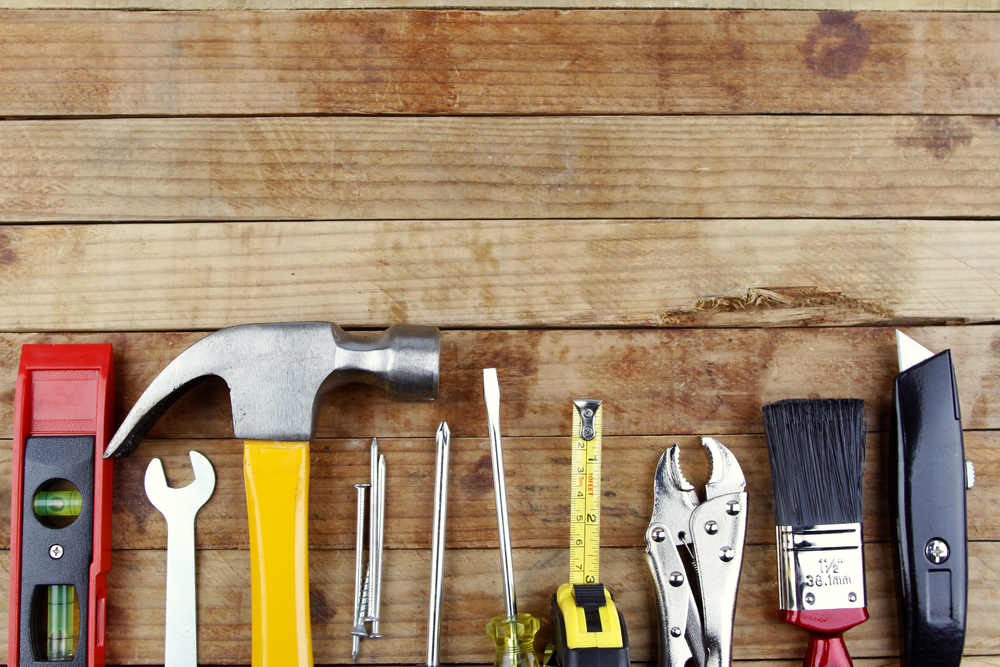
Waterfront home renovations give you the opportunity to convert it into a business, increase property value, improve appearance, or simply live more comfortably. Many times homeowners are not sure where to begin with renovation, but it all depends on your intentions.
If you are trying to sell the home, then you need to do a lot more research and conform to market demands. This guide will help guide you in deciding how to improve your waterfront property. Whether it’s for personal, or profitable reasons.
Architects, Designers and Builders
Naturally, you will need to decide if you’ll use your own DIY skills or hire architects, designers and builders to remodel your home.
Many homeowners who try to save money on home renovations have either carefully learned these crafts and produced successful results, or wound up in an unfinished dilemma that doesn’t meet building codes, leading to higher expenses than expected.
Careful planning is necessary, which is usually best handled by professionals. There are some things you may want to do yourself to cut costs, such as interior painting, while leaving the more advanced home renovations to experienced experts who can produce results to exact specifications.
Scenic View Considerations
Regardless of your remodeling goals, you should first assess the probability of improving your views of the water and surrounding scenery.
Natural settings can be much more effective than manufactured waterfronts, although artistically designed water fountains can be just as pleasant as lakes and rivers.
One way to add charm to your view is to build a covered patio or deck that also encourages gardening.
Adding a sun room to a garage or other parts of the home serves many purposes beyond cosmetic appeal. Purposes such as reducing consumption of electric lighting and heating, as well as providing opportunities for indoor plants to grow.
Improving Utility
An important point to think about is how waterproof your existing home is and how much flood protection it needs.
If you live near a river, for example, is the levee system secure? Some levees leak and can cause severe damage, which is why you should be aware of levee history, especially during storms.
This information can be gathered from the U.S. Army Corps of Engineers, who can provide a wealth of data on flood planning, sewage overflow, water conservation and many other issues in regard to your property.
You may also want to improve electrical and mechanical functions of the home. If you live in an area that is prone to floods, you should consider renovating your drainage system around the home’s perimeter.
Increasing Property Value
You can increase your property value by ten percent or more, simply by modernizing it to be more energy-efficient and eco-friendly. Methods for cutting energy costs include sealing or replacing leaky doors, windows, ceilings, walls and pipes.
Another way to increase property value is to remodel your bathrooms and kitchen with durable cabinets made of oak, maple or cherry wood.
Upgrading an old HVAC system with a modern heating, ventilation and air conditioning system should further cut energy costs as well as improve indoor air quality. Installing a brick fireplace is another way to cut down on heating bills.
The more glass your waterfront home has, the more you can use natural sunlight to replace electric heating while adding to your scenic views at the same time.
Sustainability
Merging with the environment as much as possible will bring authenticity and value to your home, creating a pleasant atmosphere.
If your region gets plenty of sunshine, consider installing a solar thermal water heating system, which is a much cleaner, cheaper way to produce hot water.
Since energy from the sun is free once you pay for the equipment and the government may provide tax credits, you may also consider a photovoltaic system (PV) that converts sunlight into electricity to power the entire home.
PV systems can provide electricity either as off-grid standalone systems or can be used as a backup system.
Replacing toxic materials such as asbestos ceilings with eco-friendly materials will add even more authenticity and value to your home.
Compact fluorescent lights (CFLs) contain mercury, a dangerous material that is found in older thermostats and electronics.
Other toxic building materials you should consider replacing include those that contain lead, polyvinyl chloride, dioxin and foam products known as halogenated flame retardants (HFRs). Some of these materials can cause cancer and other illnesses.
In order to enjoy a healthier and more sustainable life, invest in lead-free faucets, copper pipes and mercury-free lighting such as Light Emitting Diodes (LEDs).

